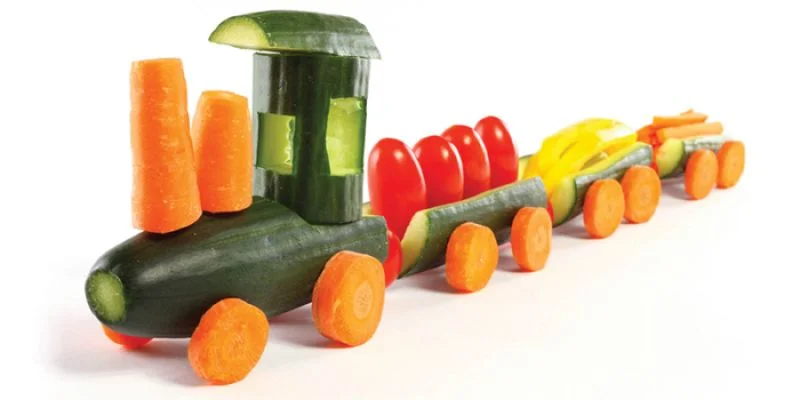
Food science is the study of how food works. It’s a fascinating subject that can teach kids about chemistry, physics, and biology. And the best part is, there are all sorts of fun and easy food science experiments that kids can do at home.
Food science experiments are important for kids because they can help them to:
- Learn about the science behind food
- Develop their critical thinking and problem-solving skills
- Foster interest in STEM subjects
- Have fun and be creative
If you’re looking for some fun and educational activities to do with your kids, here are a few food science experiments to try:
1. Dancing Raisins
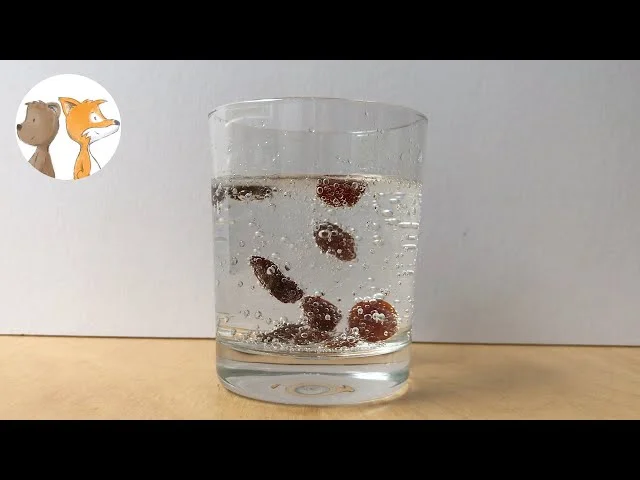
What you’ll need:
- A glass of sparkling water
- Raisins
Instructions:
- Fill a glass with sparkling water.
- Add a few raisins to the glass.
- Watch the raisins dance!
Explanation:
The carbon dioxide bubbles in the sparkling water are less dense than the raisins. As the bubbles rise, they carry the raisins with them.
2. Lava Lamp

What you’ll need:
- A clear jar
- Water
- Oil
- Food coloring
- An Alka-Seltzer tablet
Instructions:
- Fill the jar about halfway with water.
- Add a few drops of food coloring to the water.
- Add enough oil to the jar so that it floats on top of the water.
- Drop an Alka-Seltzer tablet into the jar and watch the lava flow!
Explanation:
The Alka-Seltzer tablet dissolves in the water and releases carbon dioxide gas. The carbon dioxide bubbles rise through the oil and create the lava effect.
3. Ice Cream in a Bag
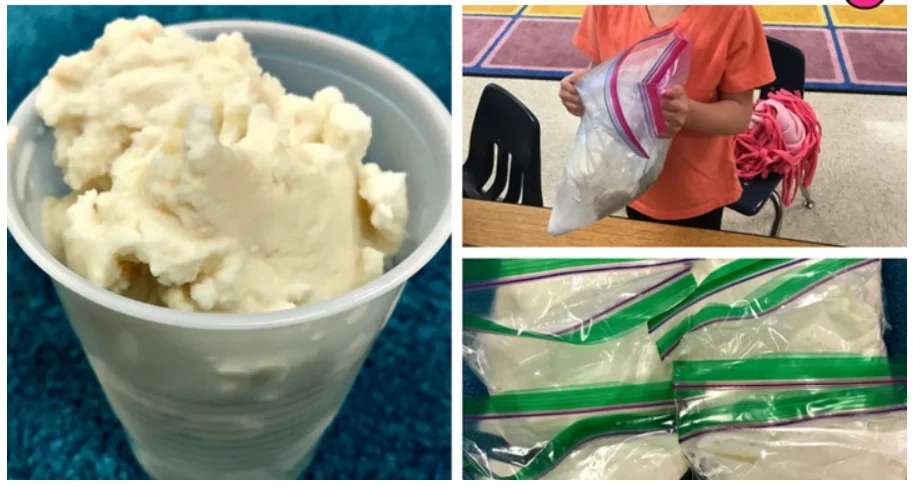
What you’ll need:
- A gallon-sized zip-top bag
- A quart-sized zip-top bag
- Ice
- Salt
- Milk
- Cream
- Sugar
- Vanilla extract
Instructions:
- Put the milk, cream, sugar, and vanilla extract in the quart-sized zip-top bag. Seal the bag.
- Put the quart-sized zip-top bag inside the gallon-sized zip-top bag.
- Add ice and salt to the gallon-sized bag and seal it.
- Shake the bag for about 10 minutes, or until the ice cream is frozen.
Explanation:
The salt lowers the freezing point of the ice, which causes the ice cream to freeze faster. Shaking the bag helps to mix the ingredients and create a smooth ice cream.
4. Rainbow Milk
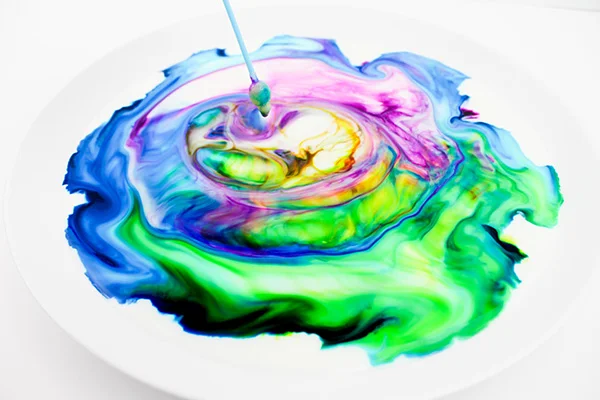
What you’ll need:
- A glass of milk
- Food coloring
- Dish soap
Instructions:
- Fill the glass about halfway with milk.
- Add a few drops of food coloring to the milk.
- Dip a toothpick into the dish soap and touch it to the surface of the milk.
- Watch as the food coloring spreads out into a rainbow!
Explanation:
The dish soap breaks the surface tension of the milk, which allows the food coloring to spread out.
5. Jello Volcano
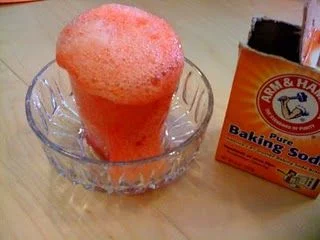
What you’ll need:
- A box of Jello
- A cup of boiling water
- A cup of cold water
- A plastic cup
- A baking soda and vinegar mixture
Instructions:
- Prepare the Jello according to the package directions.
- Pour the Jello into the plastic cup and let it set in the refrigerator for at least 4 hours.
- Once the Jello is set, add a baking soda and vinegar mixture to the top of the Jello.
- Watch as the Jello erupts like a volcano!
Explanation:
The baking soda and vinegar mixture reacts to create carbon dioxide gas. The carbon dioxide gas bubbles rise through the Jello and cause it to erupt.
Conclusion
Food science experiments are an excellent way for kids to learn about science and have fun at the same time. Try some of these experiments with your kids and see what they know!
You can also encourage your kids to come up with their food science experiments. For example, they could try to make different types of slime or candy, or they could experiment with varying techniques of cooking. The possibilities are endless!
Moonpreneur is on a mission to disrupt traditional education and future-proof the next generation with holistic learning solutions. Its Innovator Program is building tomorrow’s workforce by training students in AI/ML, Robotics, Coding, IoT, and Apps, enabling entrepreneurship through experiential learning.


























My 6 year old daughter can’t stop eating candy so I engaged her in Skittles
Candy science experiment. You should add this in your list as it is the best way to utilize extra candies. The materials I used are skittles, plate, measuring cup, water and peppermints.